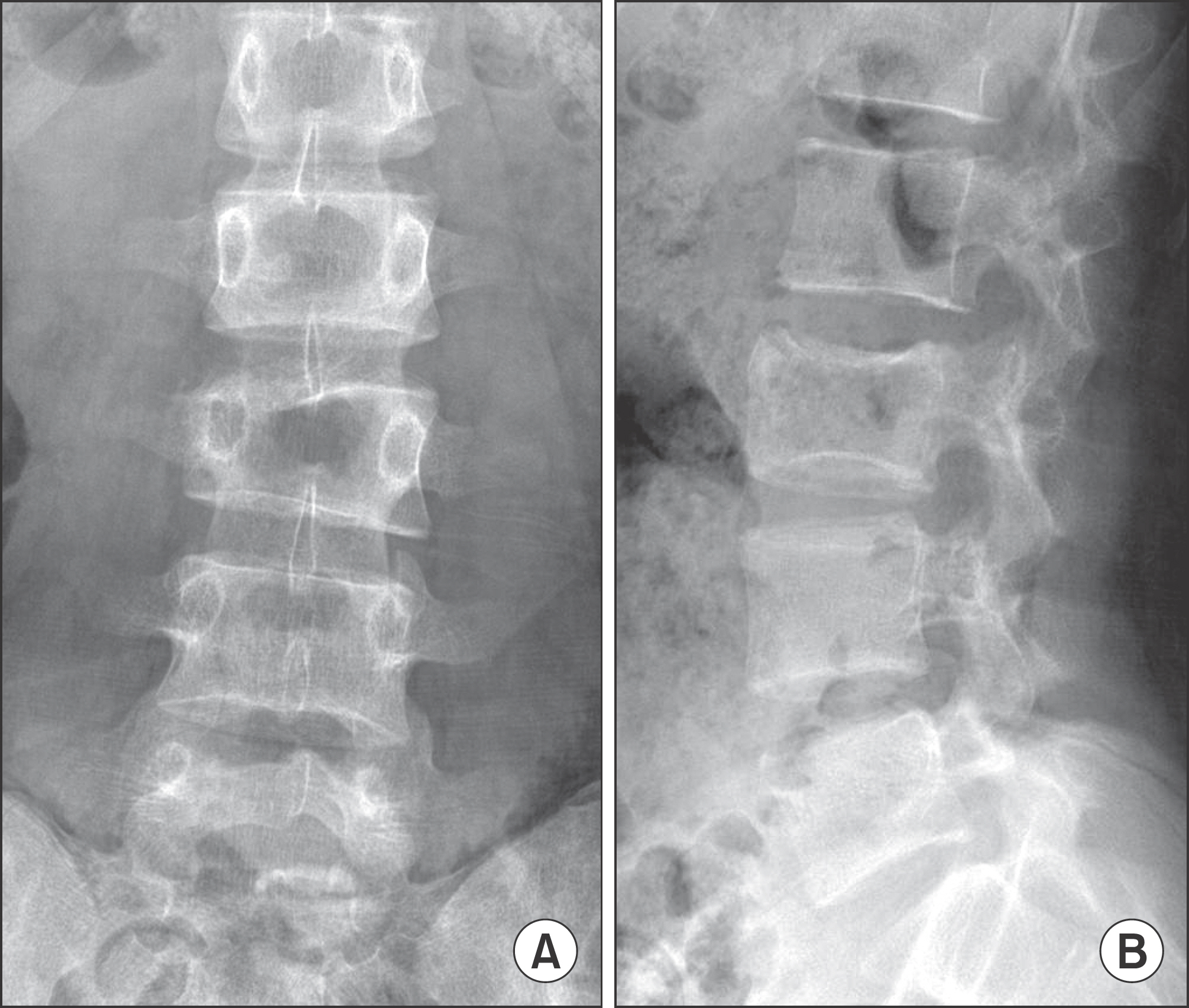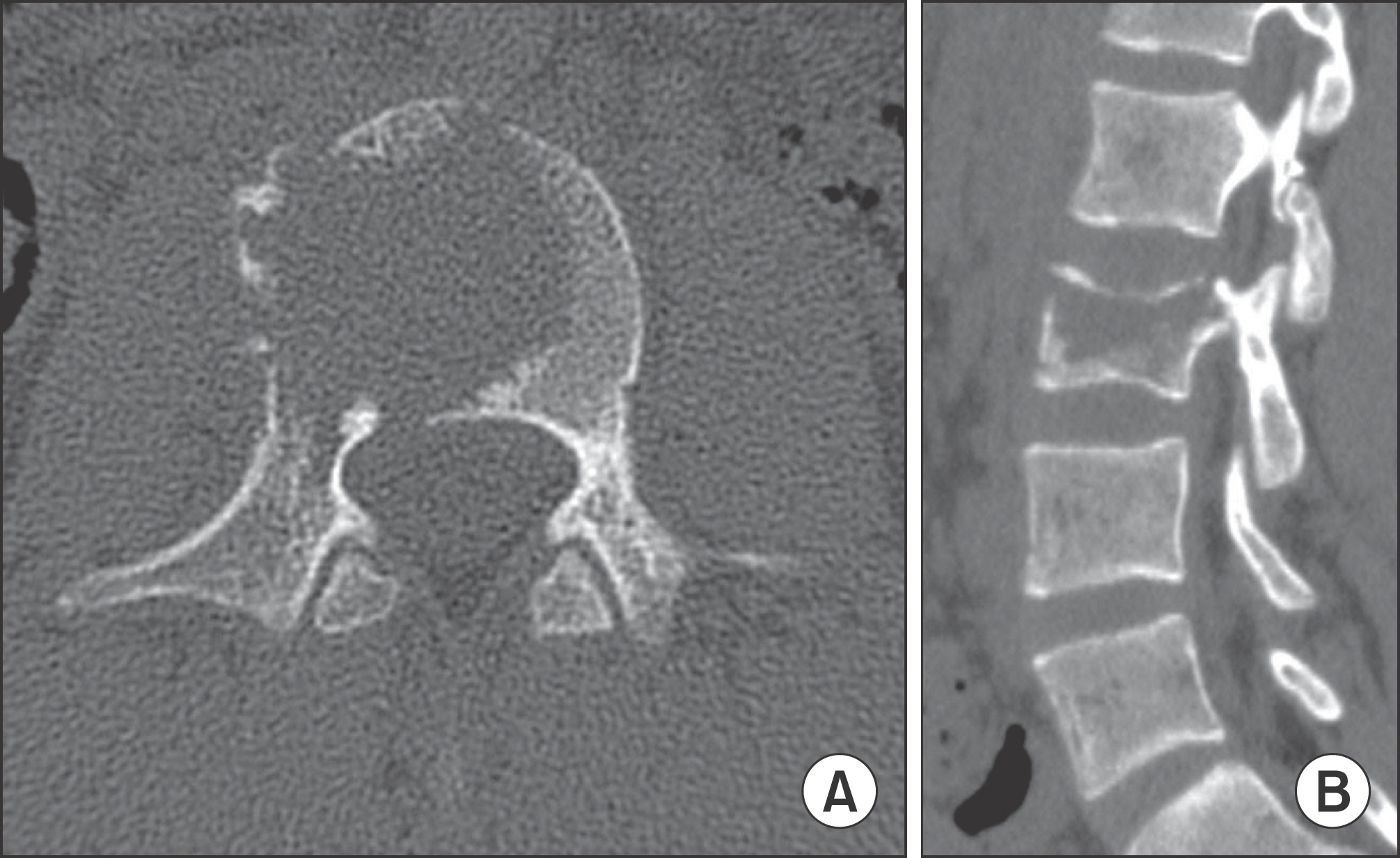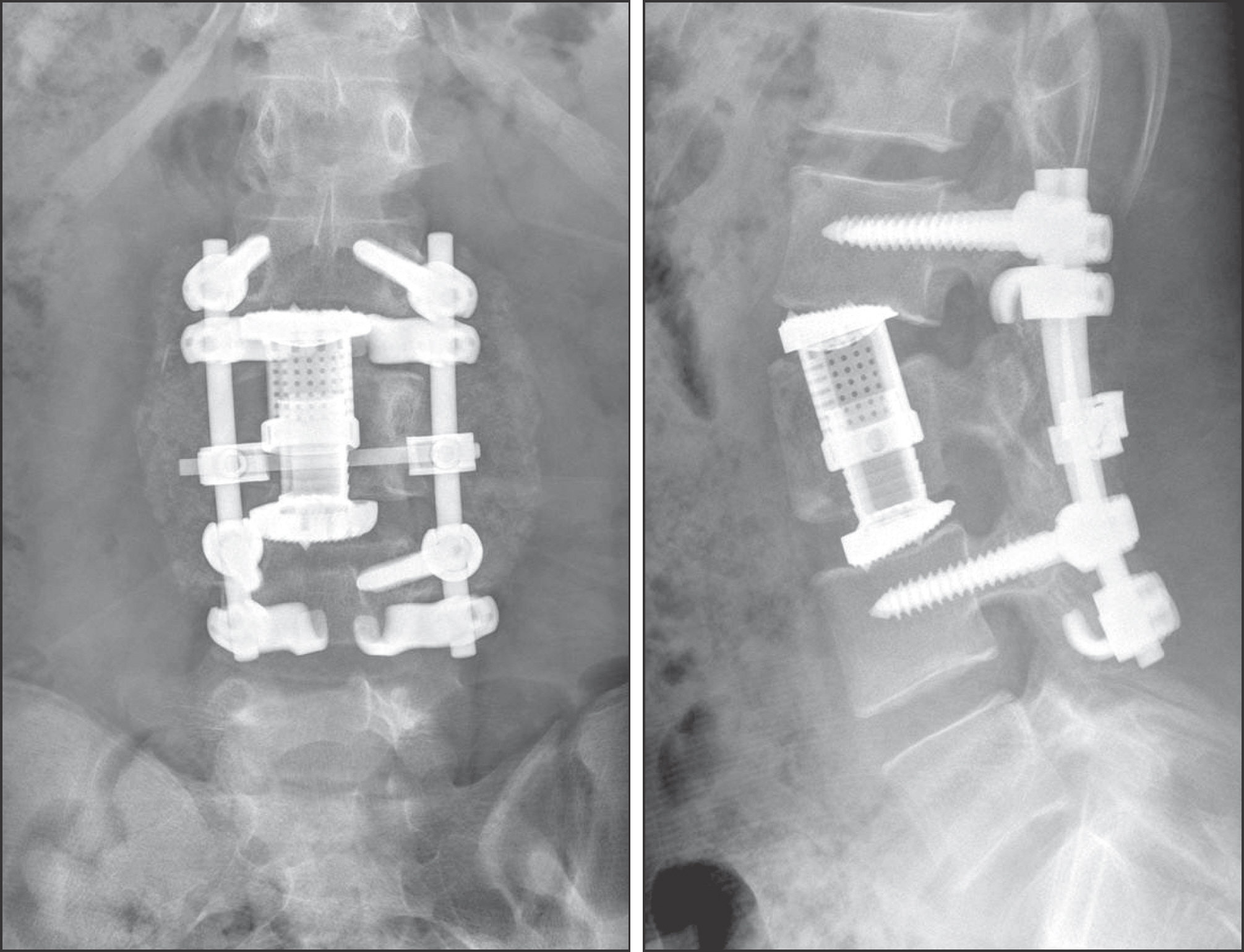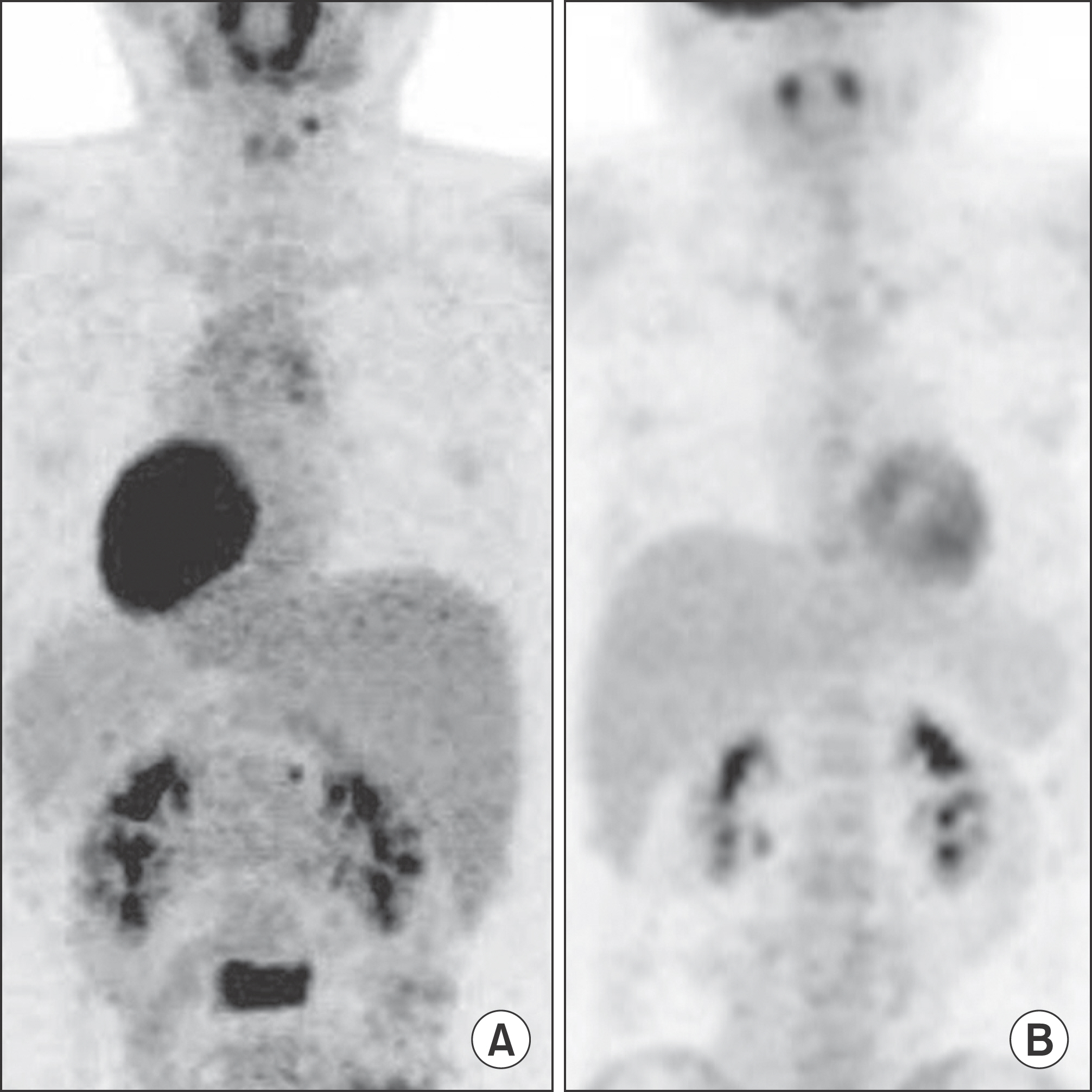J Korean Bone Joint Tumor Soc.
2013 Dec;19(2):78-82. 10.5292/jkbjts.2013.19.2.78.
Single System Langerhans' Cell Histiocytosis with Multifocal Bone Lesions and Pathologic Fracture: A Case Report
- Affiliations
-
- 1Department of Orthopaedic Surgery, Guri Hospital, Hanyang University College of Medicine, Guri, Korea. hyparkys@hanyang.ac.kr
- 2Department of Pathology, Guri Hospital, Hanyang University College of Medicine, Guri, Korea.
- 3Department of Pediatrics, Hanyang University College of Medicine, Seoul, Korea.
- KMID: 1961762
- DOI: http://doi.org/10.5292/jkbjts.2013.19.2.78
Abstract
- Langerhans cell histiocytosis is known as one of the diseases related to excessive proliferation of normal monocytes and has the variety of clinical courses and treatment. Especially, in cases with the spine, it shows a feature of single or multiple osteolysis. According to the location, disease progression and concomitant symptom, variety of treatments (observation, radiotherapy, chemotherapy, surgery, etc.) have been attempted, however, appropriate treatment has not been established yet. The authors introduce the case of single system Langerhans cell histiocytosis which involves cervical and lumbar vertebrae simultaneously with bone marrow destruction and pathologic fracture.
MeSH Terms
Figure
Reference
-
References
1. Lichtenstein L. Histiocytosis X; integration of eosinophilic granuloma of bone, Letterer-Siwe disease, and Schüller-Christian disease as related manifestations of a single nosologic entity. AMA Arch Pathol. 1953; 56:84–102.2. Cheyne C. Histiocytosis X. J Bone Joint Surg Br. 1971; 53:3663. Bertram C, Madert J, Eggers C. Eosinophilic granuloma of the cervical spine. Spine (Phila Pa 1976). 2002;27: 1408–13.
Article4. Yeom JS, Lee CK, Shin HY, Lee CS, Han CS, Chang H. Langerhans' cell histiocytosis of the spine. Analysis of twenty-three cases. Spine (Phila Pa 1976). 1999; 24:1740–9.5. Mammano S, Candiotto S, Balsano M. Cast and brace treatment of eosinophilic granuloma of the spine: longterm follow-up. J Pediatr Orthop. 1997; 17:821–7.
Article6. Garg S, Mehta S, Dormans JP. Langerhans cell histiocytosis of the spine in children. Long-term follow-up. J Bone Joint Surg Am. 2004; 86-A:1740–50.7. Haupt R, Minkov M, Astigarraga I, et al. Euro Histio Network. Langerhans cell histiocytosis (LCH): guidelines for diagnosis, clinical workup, and treatment for patients till the age of 18 years. Pediatr Blood Cancer. 2013; 60:175–84.
Article8. Floman Y, Bar-On E, Mosheiff R, Mirovsky Y, Robin GC, Ramu N. Eosinophilic granuloma of the spine. J Pediatr Orthop B. 1997; 6:260–5.
Article
- Full Text Links
- Actions
-
Cited
- CITED
-
- Close
- Share
- Similar articles
-
- Adult Scapular Langerhans Cell Histiocytosis Mistaken for Acute Osteomyelitis
- A Case of External Auditory Canal Stenosis in Langerhans Cell Histiocytosis
- Langerhans Cell Histiocytosis Misdiagnosed as Multifocall Osteomyelitis in an Old Patients: A Case Report
- Spontaneous Pneumothorax due to Pulmonary Invasion in Multisystemic Langerhans Cell Histiocytosis: A case report
- A Case of Eosinophilic Granuloma of the Temporal Bone








